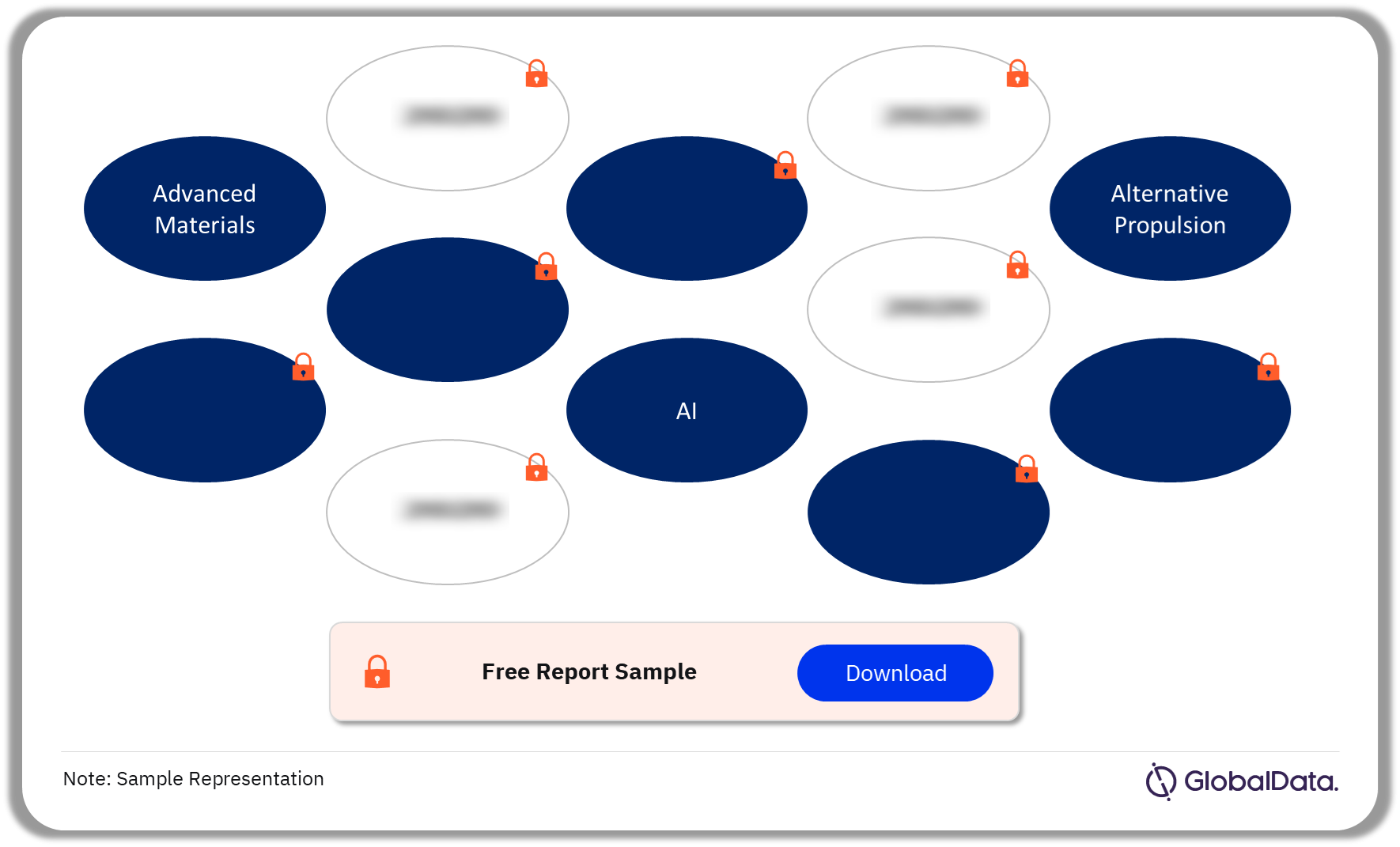The landscape of global defense is constantly evolving, driven by a complex interplay of geopolitical tensions, technological advancements, and economic considerations. Accurately predicting these trends is crucial for governments, militaries, and defense contractors alike. This article delves into a defense predictions thematic analysis of key defense predictions, exploring their potential impact on the future of warfare.
Geopolitical Themes
-
The Rise of China: China's growing military capabilities and assertiveness in the Indo-Pacific region will likely continue to be a major driver of defense spending. Predictions point towards China's increasing focus on advanced technologies like hypersonics, artificial intelligence (AI), and anti-access/area denial (A2/AD) capabilities. This will necessitate counter-measures from regional powers and the United States, leading to a potential arms race.
-
The Evolving Role of Russia: Russia's ongoing war in Ukraine has significantly impacted the global security landscape. Predictions suggest a renewed focus on conventional warfare capabilities in Europe, with countries bolstering their stocks of tanks, artillery, and air defense systems. Additionally, Russia's continued development of advanced weaponry like hypersonic missiles could spark further competition in this domain.
-
The Impact of a Multipolar World: The rise of new regional powers and the decline of US dominance point towards a multipolar world order. This could lead to increased regional conflicts and a more complex security environment. Defense predictions suggest a future where countries diversify their partnerships and invest in indigenous defense capabilities to lessen reliance on traditional allies.
Technological Themes
-
Artificial Intelligence (AI): AI is poised to revolutionize warfare across all domains – land, sea, air, space, and cyber. Predictions highlight the potential for AI-powered autonomous weapons systems, enhanced logistics and command-and-control capabilities, and improved intelligence gathering and analysis. However, ethical considerations surrounding autonomous weapons and potential vulnerabilities in AI systems remain critical issues.
-
Hypersonic Weapons: Hypersonic missiles, capable of traveling at speeds exceeding Mach 5, pose a significant challenge to traditional missile defense systems. Predictions suggest a continued hypersonic arms race between major powers like the US, China, and Russia. This could lead to a need for developing new counter-hypersonic technologies and potentially destabilization if effective deterrence strategies are not established.
-
Cybersecurity: Cyberspace has become a critical battleground, with predictions highlighting the increasing sophistication of cyberattacks against military infrastructure and critical national assets. Countries will likely invest heavily in cyber defense capabilities, including offensive and defensive measures, to protect sensitive systems and information.
Other Emerging Themes
-
Space Domain: The growing importance of space-based assets for military operations is leading to increased focus on space security. Predictions suggest the development of new capabilities like anti-satellite weapons and space-based sensors, potentially leading to the “weaponization” of space. International cooperation will be crucial to establish norms and prevent an arms race in space.
-
Unmanned Systems: Unmanned aerial vehicles (UAVs), also known as drones, have become a ubiquitous feature of modern warfare. Predictions suggest an expansion of their roles, with the development of larger, more capable drones capable of longer-range missions and carrying heavier payloads. Additionally, unmanned ground vehicles (UGVs) and unmanned underwater vehicles (UUVs) are expected to see wider deployment.
-
Sustainability in Defense: Environmental concerns are increasingly influencing defense policies. Predictions suggest a push for more fuel-efficient military vehicles and the development of alternative energy sources for military bases. Additionally, the impact of climate change on potential conflict zones and resource scarcity will be factored into future defense planning.
Challenges and Considerations
While these predictions offer insights into the future of defense, several challenges and considerations need to be addressed.
-
Resource Constraints: Governments will have to balance defense spending with other competing priorities like healthcare and social welfare. This could lead to difficult decisions regarding defense procurement and force structure planning.
-
Proliferation Risks: The proliferation of advanced weaponry, particularly to non-state actors, could destabilize regions and increase the risk of unintended escalation. International arms control agreements will be crucial in mitigating these risks.
-
Ethical Dilemmas: The development of new technologies like AI and autonomous weapons raises significant ethical concerns. Establishing clear guidelines and international norms for the use of these technologies will be essential.
Conclusion
The future of defense will be shaped by a complex interplay of evolving geopolitical landscapes, rapid technological advancements, and new strategic challenges. By analyzing key themes, policymakers, defense planners, and industry leaders can gain valuable insights to prepare for a more dynamic and uncertain security environment. Continuous adaptation, strategic foresight, and international cooperation will be critical in navigating this shifting landscape and ensuring global security in the years to come.
Buy the Full Report for More Insights into Top Themes in Aerospace and Defense Predictions, Download a Free Report Sample

